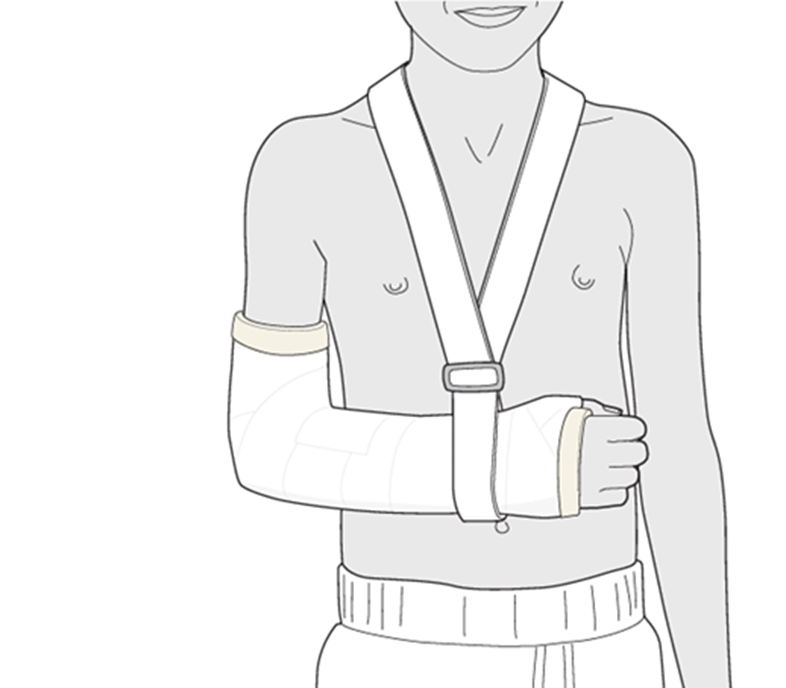A nurse is reinforcing teaching about environmental modifications in the home with a family member of a client who has Alzheimer's disease. Which of the following information should the nurse include in the teaching?
Leave the television on.
Install locks at the top of doors.
Place throw rugs on the floor.
Schedule alternate caregivers.
The Correct Answer is B
Choice A Reason:
Leaving the television on is incorrect. Constant background noise from the television might be overwhelming and confusing for someone with Alzheimer's. It's generally better to have a quiet and calming environment to reduce agitation and confusion.
Choice B Reason:
Installing locks at the top of doors is correct. This can be an essential safety measure to prevent the person from wandering or accessing unsafe areas. Installing locks higher up on doors can help prevent the individual from opening doors and wandering into potentially dangerous situations.
Choice C Reason:
Placing throw rugs on the floor is incorrect. Throw rugs pose a tripping hazard, especially for individuals with Alzheimer's who might have mobility issues or difficulties with depth perception. Removing throw rugs or securing them firmly to the floor is essential to prevent falls.
Choice D Reason:
Scheduling alternate caregivers is incorrect. While having alternate caregivers is important for support, it doesn't directly relate to environmental modifications within the home.
Nursing Test Bank
Naxlex Comprehensive Predictor Exams
Related Questions
Correct Answer is B
Explanation
Choice A Reason
Using a hair dryer to blow hot air into the cast is not recommended. It can cause burns, soften the cast material, or create hot spots, potentially leading to skin damage or discomfort for the client.
Choice B Reason:
Perform neurovascular checks of the affected extremity every 2 hours is correct. Performing neurovascular checks regularly is crucial to assess the circulation, sensation, and movement of the affected extremity. This monitoring helps identify any signs of compromised blood flow or nerve function, which could indicate complications such as compartment syndrome.
Choice C Reason:
Positioning the fractured arm below the level of the client's heart is not advisable. Elevating the injured limb above heart level can help reduce swelling and promote blood flow, aiding in the healing process and preventing complications like swelling-related discomfort or decreased circulation.
Choice D Reason:
Immobilizing the client's fingers using a hand splint might not be necessary with a short arm cast. Typically, a short arm cast provides immobilization of the wrist and forearm while allowing some movement and function of the fingers unless specifically directed by the healthcare provider for individual circumstances.

Correct Answer is A
Explanation
Choice A Reason:
The client's fingers are cool to the touch is correct. Coolness of the fingers within a short time after a cast application can indicate compromised circulation or potential compartment syndrome, which requires urgent attention to prevent tissue damage or loss of function. It suggests impaired blood flow to the fingers, which is a serious concern requiring immediate evaluation by the provider.
Choice B Reason:
The client reports severe itching under the cast is incorrect. While itching can be uncomfortable, it might not pose an immediate threat. Itching can commonly occur as the skin heals and can be managed through non-invasive means.
Choice C Reason:
The client's capillary refill is 3 seconds is incorrect. A capillary refill of 3 seconds is slightly prolonged but doesn't typically indicates an immediate emergency. However, if this finding worsens or if combined with other concerning symptoms, it might warrant further assessment.
Choice D Reason:
The client reports increased pain at the area of the fracture is incorrect. Increased pain after a cast application can be expected initially, especially within 2 hours of the procedure. However, persistent or severe pain could indicate issues like poor alignment, swelling, or other complications. While it's important to address pain, it might not require immediate reporting unless accompanied by other concerning symptoms.

Whether you are a student looking to ace your exams or a practicing nurse seeking to enhance your expertise , our nursing education contents will empower you with the confidence and competence to make a difference in the lives of patients and become a respected leader in the healthcare field.
Visit Naxlex, invest in your future and unlock endless possibilities with our unparalleled nursing education contents today
Report Wrong Answer on the Current Question
Do you disagree with the answer? If yes, what is your expected answer? Explain.
Kindly be descriptive with the issue you are facing.
